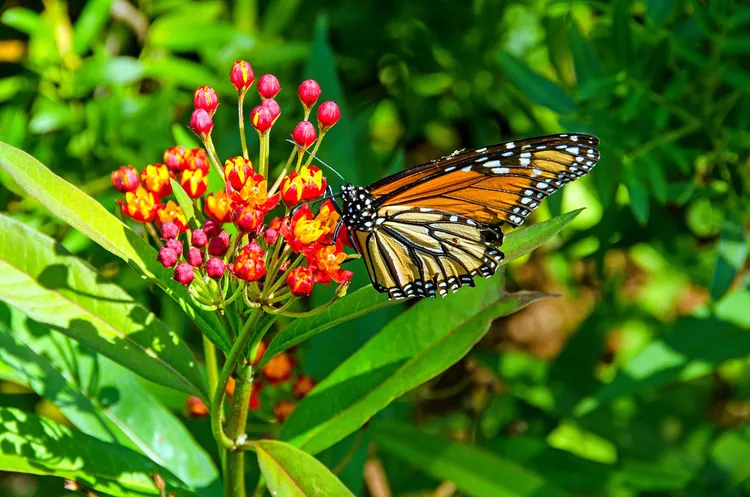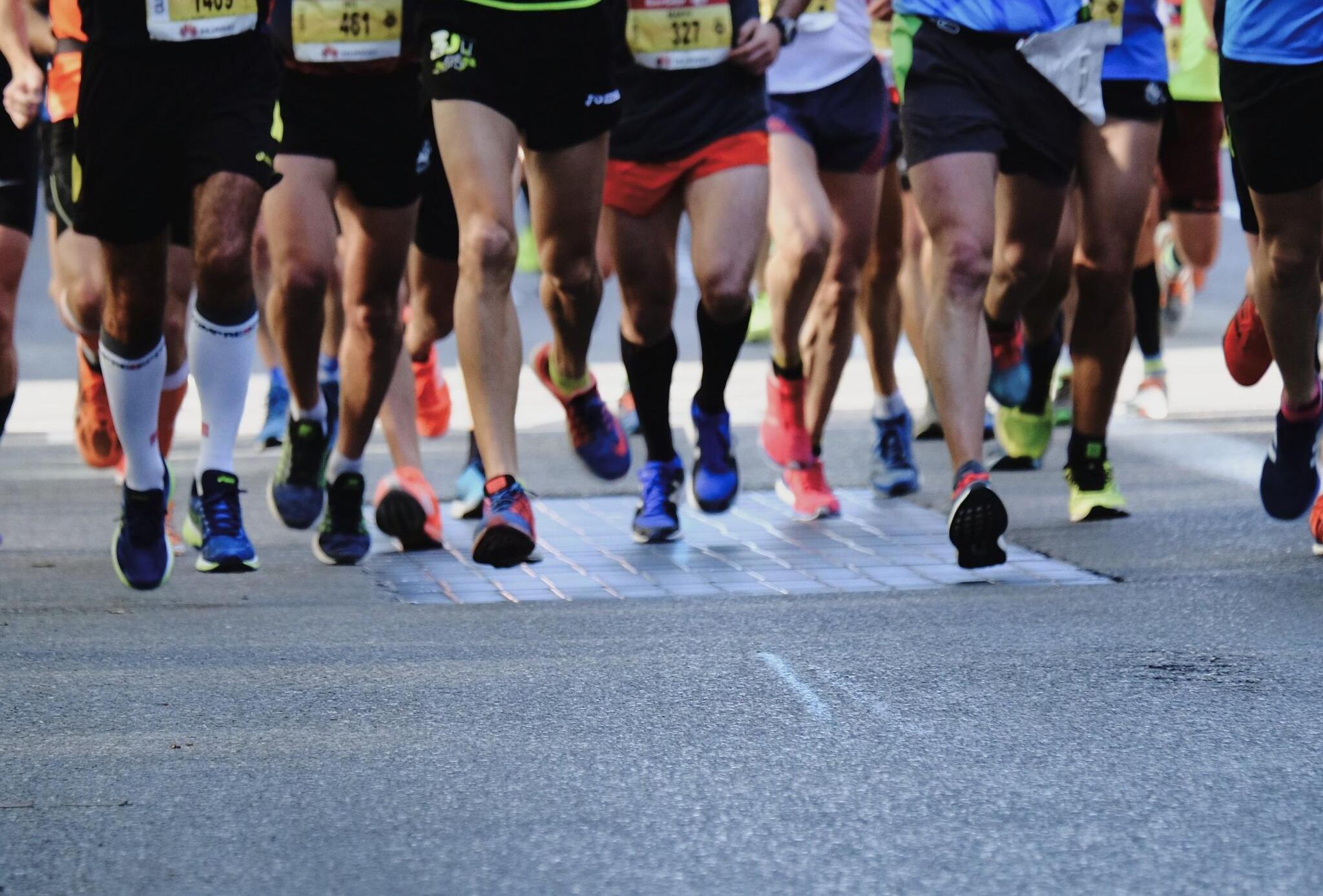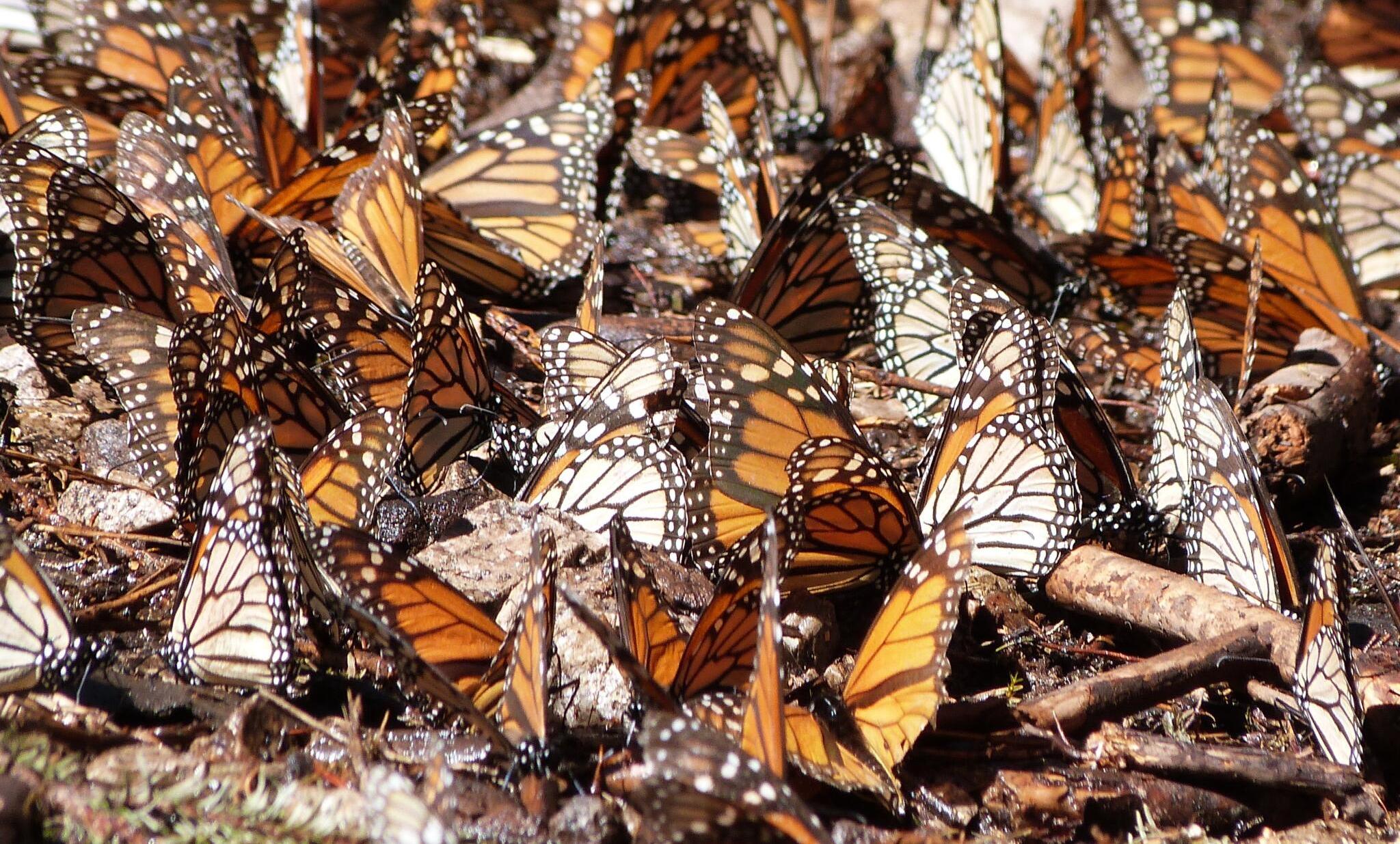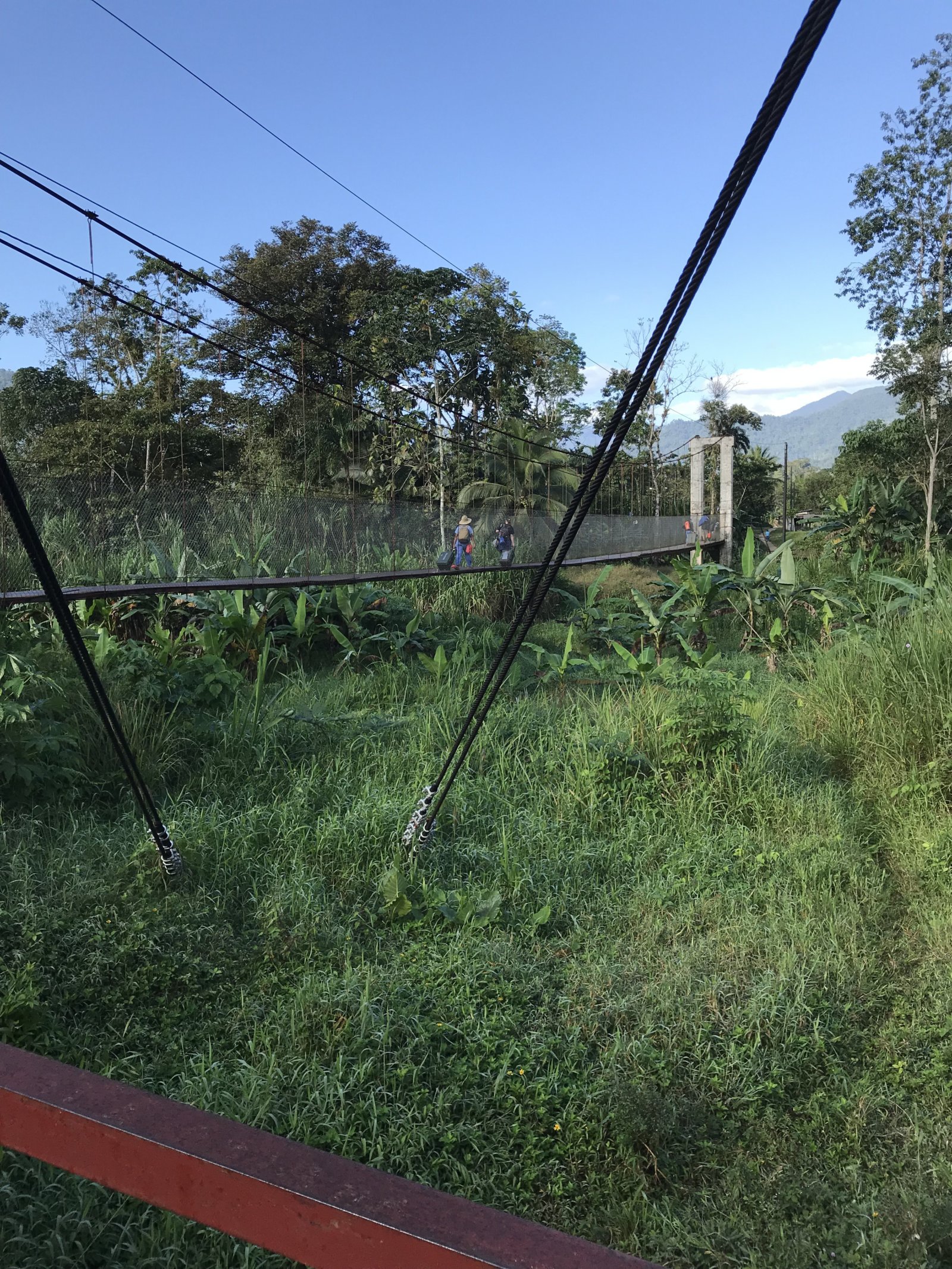Monarch Butterfly Migration: A Guide to Reserves in Mexico
Every year, hundreds of millions of monarch butterflies undertake a great journey of up to 3,000 miles during their annual migration from Canada and the United States to their wintering grounds in Mexico. Once in Mexico, these magnificent butterflies congregate in the oyamel fir trees of Michoacan and Mexico states.
The Monarch Butterfly Biosphere Reserve was recognized by UNESCO as a World Heritage site in 2008. This protected area spans over 200 square miles. Within the Biosphere Reserve, there are several areas open to the public. A visit to the monarch butterfly reserves provides an unparalleled opportunity to witness a remarkable wonder of nature. Being surrounded by thousands of fluttering butterflies, carpeting the forest floor, and weighing down the branches of trees is genuinely exceptional.
Reserves in Mexico
There are several monarch butterfly reserves in the states of Mexico and Michoacan that can be visited. In Mexico state, the Piedra Herrada and Cerro Pelón sanctuaries welcome visitors. In Michoacan, prime reserves include the El Rosario Reserve (El Rosario Santuario de la Mariposa Monarca) and Sierra Chincua Reserve (Sierra Chincua Santuario de la Mariposa Monarca). These reserves can be enjoyed as part of a long day trip from central locations, or visitors can stay overnight in the nearby village of Angangueo to explore both locations.
Life Cycle
The Monarch Butterfly’s life cycle consists of four distinct stages: egg, larva, pupa, and adult. The transformation from egg to adult occurs in about 30 days, and the average monarch’s life expectancy is approximately nine months.
- Egg: Adult female monarchs lay their eggs on the underside of milkweed leaves, which hatch in about four days. Each female may lay between 100 and 300 eggs during her lifespan.
- Larva (caterpillar): Monarchs undergo significant growth in this stage, consuming their eggshell first and then munching on the milkweed plant, which provides them with protection from predators due to its toxicity.
- Pupa: The caterpillars attach themselves head-down to twigs and shed their outer skin, beginning the transformation into a pupa (or chrysalis).
- Adult: Adult monarchs can be distinguished by their physical traits; males feature a black spot on a vein on each hind wing, while females often appear darker and have wider wing veins. Adults consume nectar from flowers to fuel their long migrations.
Migration
During the summer months, monarch butterflies thrive in the United States and Canada. As the weather turns colder, they migrate south. This migration is crucial for their survival, as they cannot withstand frigid temperatures—below 55°F prevents them from flying, and below 40°F can lead to paralysis. Additionally, adult monarchs rely on nectar for sustenance, necessitating their travel to locations abundant in food.
Traveling at an average speed of 12 mph (sometimes reaching 30 mph), monarchs cover approximately 80 miles each day, flying at heights of up to 2 miles. They typically journey about 1,800 miles to the oyamel forests in Michoacan, where they winter before returning to their summer habitats.
The method by which monarch butterflies navigate to the same wintering grounds each year remains an intriguing mystery. One theory suggests that a tiny amount of magnetite in the butterflies’ bodies serves as a compass, guiding them to the magnetic iron prevalent in the Michoacan area.
When to Go to the Reserves
The Monarch butterfly reserves in Michoacan are open daily from mid-November through March, from 9 AM to 6 PM. January and February are peak months for visitors, as the monarch population swells at this time. To avoid the crowds, it is advisable to steer clear of weekends during these months.
A yearly cultural festival—the Festival Cultural de la Mariposa Monarca—takes place at the end of February and the beginning of March, drawing many visitors. If planning to attend during this busy time or on weekends, advance accommodation arrangements in Angangueo are recommended to ensure availability.
How to Get There
The El Rosario Butterfly Reserve in Michoacan is located 130 miles (210 km) west of Mexico City.
By Bus
Travelers can reach the monarch butterfly reserves in Michoacan by bus from Mexico City. Head to Terminal Centro Poniente (Metro station Observatorio, Line 1 – pink). Direct buses to Angangueo are available, or alternatively, one can take a bus to the larger town of Zitácuaro and then a local bus to Angangueo. In Angangueo, colectivo or private transportation is accessible for reaching the El Rosario butterfly reserve.
By Car
For those who prefer to drive to the Monarch butterfly reserves in Michoacan from Mexico City:
- Take Mexico Federal Highway 15 heading west to Toluca, then continue to Zitácuaro.
- In Zitácuaro, follow signs for Ciudad Hidalgo, turning right when you arrive in San Felipe de los Alzati (9 km), heading toward Ocampo (14 km).
- From Ocampo, you can choose to head toward the El Rosario Monarch Butterfly Reserve or continue to Angangueo (9 km), which is a convenient overnight option. From Angangueo, further travel leads to the Sierra Chincua Reserve.
Where to Stay
Angangueo serves as an excellent base for exploring the Monarch butterfly reserves. This charming mining town features cobblestone streets and wooden houses, situated at nearly 8,500 feet above sea level (2,580 meters), resulting in chilly nights. Some hotels provide rooms with fireplaces, ideal for the cooler evenings.
Hotels in Angangueo
- Hotel Don Bruno
Address: Morelos 92 Angangueo, Michoacán - Cabanas Margarita
Address: Morelos 83 - Plaza Don Gabino
Address: Morelos 147 Angangueo, Michoacán
Zitácuaro is a larger town offering more options for accommodation and dining but is located further from the butterfly reserves. Hotels in Zitácuaro include:
- Rancho San Cayetano
Address: Carretera a Huetamo Km 2.3 Zitácuaro, Michoacán - Hotel El Conquistador
Address: Leandro Valle Sur 2, Zitácuaro, Michoacán - Hotel Mexico (Budget)
Address: Avenida Revolución 22, Zitácuaro, Michoacán
Tips for Visiting
Trails within the sanctuary are often narrow and steep. Be prepared to walk a mile (mostly uphill) to reach areas where monarch butterflies congregate. The altitude and the uphill climb can cause shortness of breath, especially for those unaccustomed to such conditions.
Dress in Layers
Due to the altitude, it can be quite cool, but the uphill hike may cause you to warm up.
Wear Comfortable Walking Shoes
Good walking shoes are essential as certain areas present uneven terrain and demanding climbs.
Take Water
Refreshments and souvenirs are available at the reserve entrance. It’s wise to purchase water if you haven’t brought your own.
Watch Your Step
Be cautious along the trails, as butterflies may blanket the ground. Take care not to step on them!
Stay on the Path
Unguided hiking within the reserve is prohibited to protect the environment.
Horseback Rides
At the Sierra Chincua Butterfly Reserve, horseback rides are available to help you access parts of the reserve. Given the steep trails, this option can be advantageous, though horses are not allowed in the main butterfly congregation areas. A guide accompanies you on foot, and you may need to find another horse for the return journey. During busy periods, such as just before closing time, horse availability may be limited, necessitating that you walk. Ride at your own risk.





